Anatomy Of A Compelling Home Page Design
How To Optimise your Home Page
I love it when clients get enthusiastic about a website we’re designing and developing for them. But sometimes they can be a little too enthusiastic. This is where some simple guidelines come in handy. They act as an anchor to what is needed and a reminder of what is not.
I will walk you through these simple rules. So you can make use of them. The natural inclination is to throw everything at your home page. But what it really needs is some careful consideration, planning and a hierarchy of the pertinent content.
FACT: It only takes 50 milliseconds for users to form an opinion of your website
Your home page is your elevator pitch (as Americans would say). This is your chance to make an emotional connection with your prospective customer. Get them inspired and curious to dig deeper into your site. It won’t take long for users to move on if nothing grabs them.
The questions your prospective customers are thinking:
- Who are these people?
- What do they do?
- Can I trust them?
- What’s in it for me?
Websites promote you 24/7: No employee will do that.
Paul Cookson
First. The Research
Nothing comes from nowhere. You need to find out why people are using you. What they like about you. And why they return. Ask existing customers you trust why they use you. Also, do some wider research on people that don’t know you or what you do. Their first impressions can be useful. For example, is it immediately obvious to them what you do? Why should they use you?
Analyze this information and see if any patterns emerge. Some things you may have assumed may prove to be wrong. Some reasons customers like you may be surprising. These findings will all be useful in formulating your home page content. Focus on the real benefits for customers.
Also, try and find out where your prospective customers hang out online. What other services do they use in conjunction with your own? Is there some scope for cross-selling? Or hooking up with a mutual partner? If they are using a particular social media platform, set up an account there to keep them informed.
People do business with people. And they do more business with people that they feel understand them. Try to build a mood board of what your prospective customers like to do. What their tastes are, the music they like and any interests they have. Picture a friend or celebrity that has a similar profile. And when you think of creating your content, picture yourself talking to them.
Keep in mind the keywords you want to optimise for but don’t overdo it. Make sure your text flows like a conversation. Search bots aren’t buying your products people are.
Your page should include the following:
- A compelling/intriguing headline
- A subhead underpinning this
- One primary call to action (above the fold)
- The benefits to your customer
- Proof of these benefits (Testimonials)
Consider The Feeling Your Site Inspires
A skilled web designer will communicate the personality of your brand/business in the design of your website. But it’s worth keeping an eye on this and not letting them get carried away with unnecessary embellishments.
All Of The Following Should Combine To Create A Harmonious Whole
FACT: 48% of people said that web design was the number 1 way they determine the credibility of a business
Ensure your text is large enough to read comfortably. And that your font style is clear and easy to read at the varying sizes and weights you’ll be using.
I would suggest using an image with a person in it expressing positive emotion. This will create a relaxed atmosphere for your customers, They will feel they can trust you and your products and services. Building trust is key.
Images that are clean, simple and communicate clearly are most effective. Also, use the highest quality, professional images you can afford. Pay for a skilled photographer if needed. Everything you show is a reflection of your business and how professional it is.
If images are shoddy, dull and amateurish… Need I say more?
Design is the silent ambassador of your brand.
Paul Rand
Use colour sparingly. Only highlight your brand and the call to action. These must be obvious. Use white space to draw the eye to the areas you want your prospective customer to look at. Space creates a feeling of luxury and relaxation. Make your content look easy and users will think your product or service is effortless.
Talking about easy. If you have a very large website, include a search box. Customers will thank you for the time it saves them.
FACT: 38% of users will stop using a website if they find the layout unattractive
Two Final Home Page Tips
Please make sure to check out your home page on as many devices as possible, and ask your friends to check it out as well. Any feedback you get should be passed on to your web designer and web developer for implementation.
Also, don’t use industry jargon. Keep all text in plain English and if a simpler word exists use that. I’m not talking about patronising your customers. But we are all busy and easy to read is better for everyone. Who wants to sit with a thesaurus or have to check acronyms?
Just showing up is half the battle.
Woody Allen
There’s a lot to consider, but your web designer and developer should do most of this for you. And don’t let all these tips stop you from making a start on improving your home page design. Thanks for reading, and I hope you found this useful.
Photo by Joyce McCown on Unsplash

